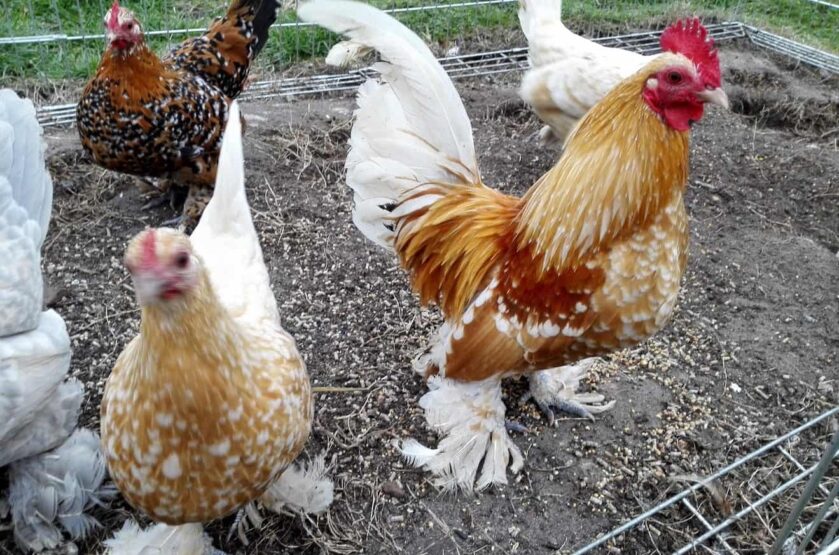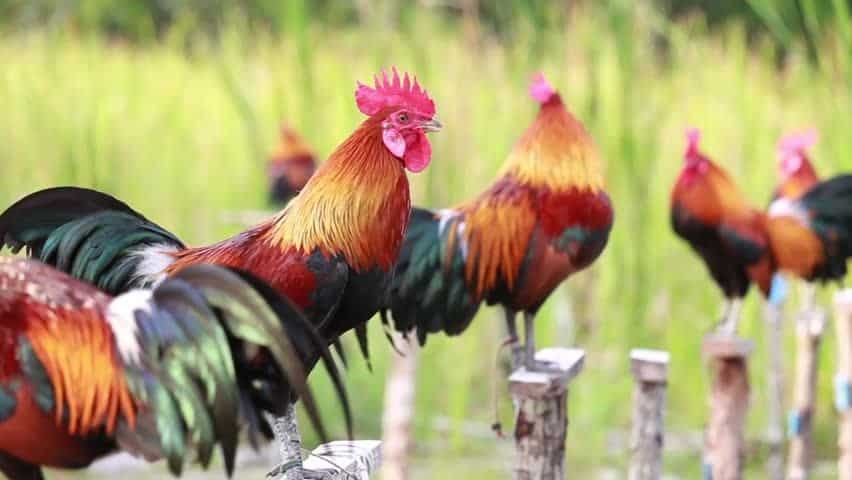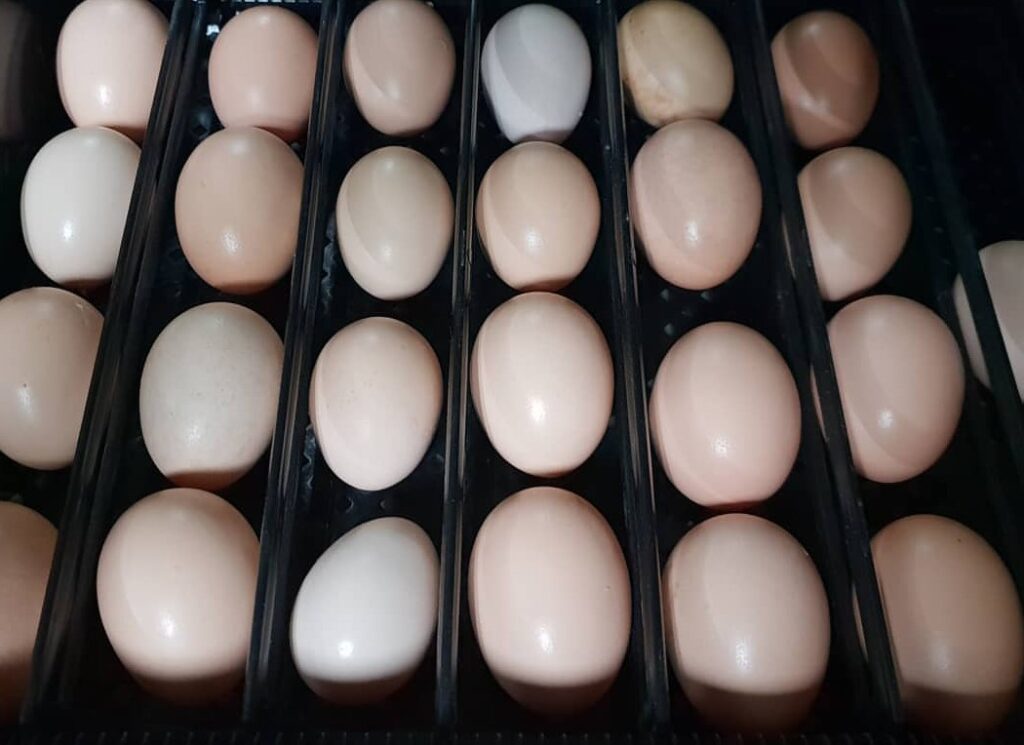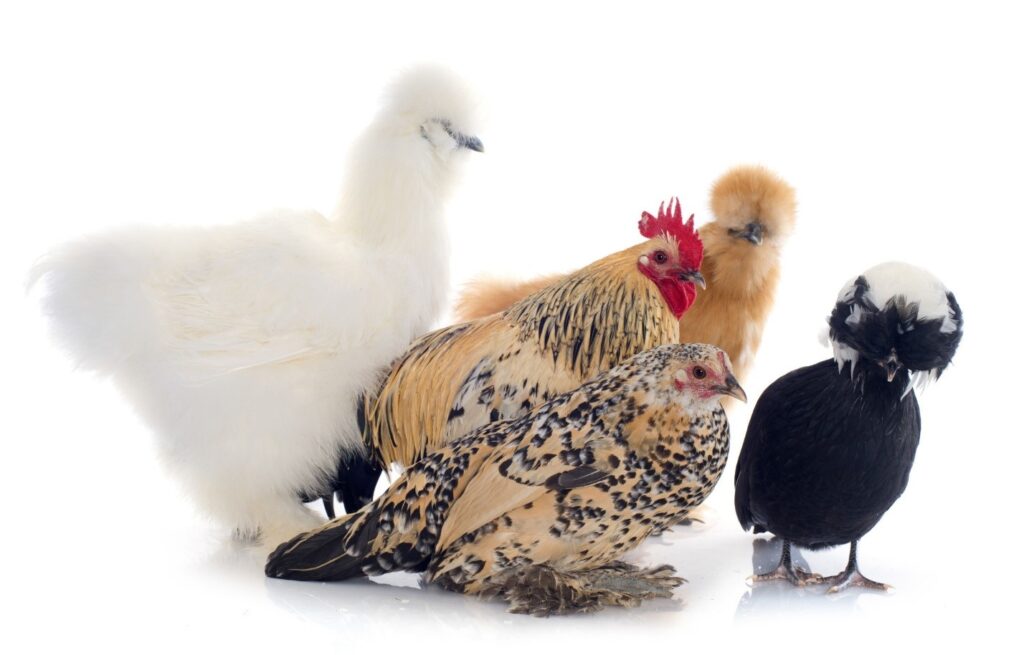
Bantam Chickens: The Small but Mighty Poultry Options
Do you like to experiment with the varied taste of poultry meat? Or are you a fowl breeder who wants to look for more profitable options for producing meat?
Bantam chickens can be a great option if you want the same quality of poultry meat but with less effort and expenses to raise.
The Bantam chickens are the miniature version of the regular fowl which are used for daily meat consumption such as chickens or ducks. Their size can range from half to two-thirds of the regular size of poultry.
Today, there are several varieties of Bantam chickens that are produced and consumed in various parts of the world. Besides food value, these chickens are greatly used for entertainment purposes.
Origin of Bantam Chickens
It is believed that the name Bantam chicken is accredited to the place of origin of this fowl. According to the stories, the word ‘bantam’ originated from the seaport of a place called bantam in Indonesia.
The chicken was discovered by the sailors when they stopped at the port for fresh food and water. They were amused by comparatively smaller local chickens in the area.
Later the name was modified to Bantam in England and hence these smaller chickens got popular as these chickens in the world.
However, people mistakenly think of Bantam is a breed of chicken which isn’t true. The term refers to the size rather than the breed of the fowl.
Different types of Bantam Chickens
There are more than four hundred varieties of Bantam chickens according to the list provided by American Bantam Association. However, there are three major types that are recognized.
Some of these types are:
1. True Bantams
The naturally occurring type of bantam chickens is produced without any human interference. Since these are naturally occurring types, the chickens come only in one size.
Some of the known breeds of true this chickens brand are Japanese Bantam Chicken, Belgian d’ Anver, Sebright, Booted Bantam, Rosecomb, and Nankin.
True bantams do not have large fowl counterparts.
2. Miniaturized Bantams
The miniaturized bantam chicken is a modified version of a known breed of fowl. These are selectively bred from specific small chickens or a standard breed.
In fact, it is developed from the normal size breeds by performing calculated and selective breeding techniques.

Some of the established breeds of the miniaturized bantam chickens are Orpingtons, Rhode Island’s Reds, and Cochins.
3. Developed Bantams
The developed bantam chickens are the advanced modification of these chickens. These have undergone genetic enhancement.
The developed bantam chickens cannot be found in the wild as it is an engineered hybrid form.
Some of the known varieties of the developed chickens are Barbu D’Uccle, Belgian, Pekin, Japanese, Sebright, and Old English Game.
You might also like, Cannibalism in Chickens: The Causes, Symptoms, and Treatment
Eggs of Bantam chicken
The chicken lays smaller eggs compared to the regular-sized chicken. In fact, their eggs are approximately half the size of regular eggs.
To be precise the size of three bantam eggs is equivalent to the size of three bantam eggs. Only some variants of the bantam chickens are good egg layers.

True bantam chickens aren’t good egg layers compared to the other varieties. Some breeds like Belgian d’ Avers and Dutch booted produce the eggs, but the frequency is two weeks per week.
The miniaturized chicken of the breed Rhode Island Red is considered a good egg layer. They can continually produce eggs. A healthy hen can produce roughly 200 to 300 eggs in a year.
Similarly, another breed of the same variety called light Sussex can also produce at least 250 eggs per year.
Other developed bantam breeds like Barba D’Uccle and Old English game can also produce eggs. But the average number of eggs produced by them ranges from 150 to 200 eggs per year.
Nutritional value of Bantam chicken meat and eggs
The Bantam chickens can be good and a healthy substitute for red meat lovers. Despite being smaller in size, the chicken’s meat has great taste and high nutritional value.
It is more tender than regular chicken meat as bantams have less connective tissue in comparison. They also have lower fat content and a stronger taste than the regular ones.
Likewise, these chickens take less time to cook in comparison to other chicken meat. It can get fully cooked within 10-15 mins on each side.
Similarly, Bantam chicken eggs are also high in nutritional value. On full egg, Bantam chicken has 4 grams of protein, 3 grams of fat, and 45 calories.
Advantages of Bantam Chickens over regular chickens
Both bantam chickens and regular chickens have their own usage and specialties.

However, the Bantam versions of these fowls are comparatively advantageous in certain factors. Some of their advantages are as follows:
- The chickens are smaller in size so take up smaller space. Hence, if you are a breeder, you can rear comparatively a greater number of chickens in the same area.
- These chickens are smaller hence they feed lesser in compared to regular ones. Hence, it is less costly to raise them.
- The meat of these chickens is more expensive than the regular ones. Thus, every chicken has a good profit value.
How to take care of Bantam Chickens
Although bantam chickens have a good profit and nutritional value, raising them can be a bit more challenging.
These chickens have high metabolic rates hence they tend to feel colder. Thus, it is essential to keep them warm using a chicken coop heater or other heating techniques.
Since these chickens are good flyers, it is better to build are taller coop where the chicken could fly well and grow.
FAQs
Which is the most popular breed of bantam chickens?
Silie chickens are the most popular breed of this variety of chickens. They are known for their beautiful and fluffy feathers.
Can you keep regular and bantam chickens together?
No, it would be great chaos to keep a regular and bantam chicken together as the regular ones can easily damage the bantams.
You might also like, Introduction to Brooding in Poultry
